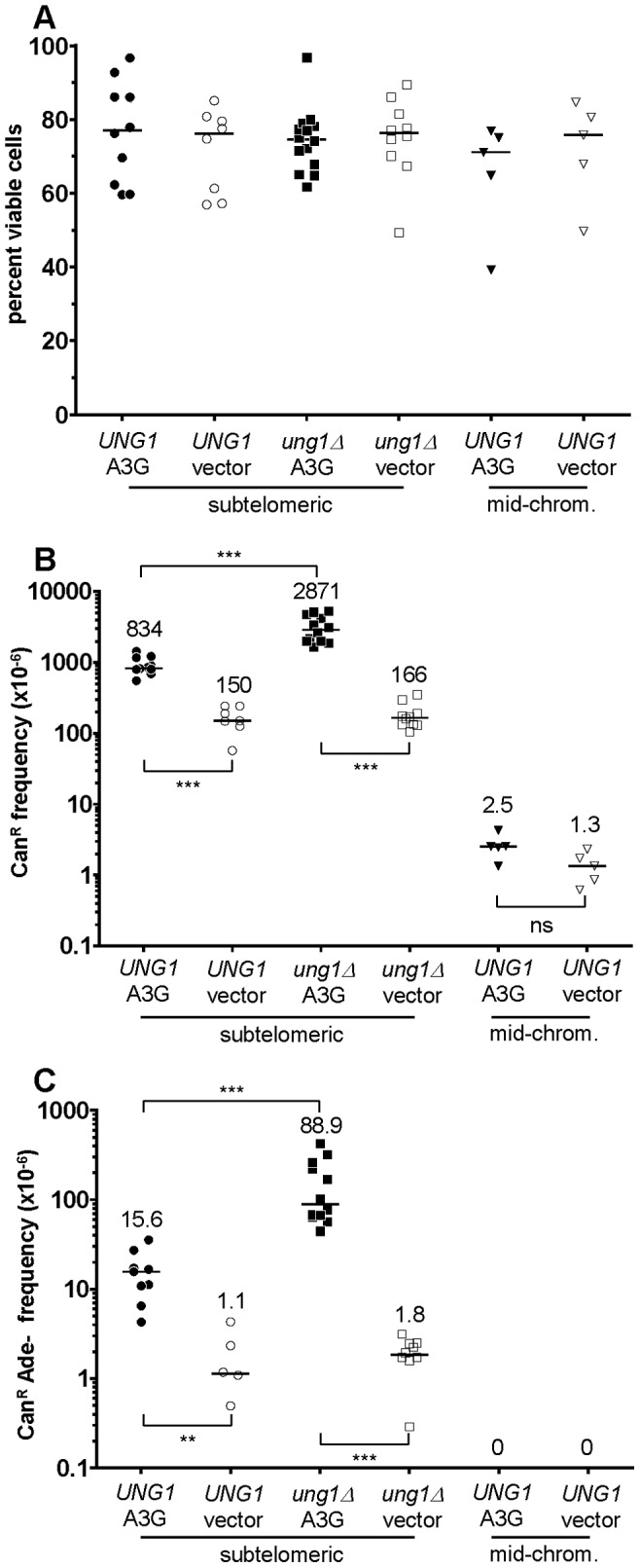Figure 2. The activity of human APOBEC3G on the ssDNA mutagenesis reporter system.

For all graphs: each data point represents the value from an independent experimental replicate; each bar represents the median value across all independent replicates of a given genotype and treatment combination; * denotes P<0.05; ** denotes P<0.01; *** denotes P<0.001; and ns denotes P>0.05. (A) Expression of human APOBEC3G from a tetracycline-regulatable plasmid was well-tolerated in reporter strains. Median viability was >70%. (B) APOBEC3G induced an increased frequency of CAN1 loss of function, specifically in ssDNA. Mutagenicity was enhanced over three-fold in cells deleted for UNG1, which encodes uracil-DNA N-glycosylase. Notice the lack of mutagenesis in mid-chromosome reporter controls, where the DNA remained double-stranded. (C) Similarly, APOBEC3G induced an increased frequency of simultaneous CAN1 and ADE2 double loss of function, in an ssDNA-dependent manner. Deletion of UNG1 enhanced mutagenicity by almost six-fold.
